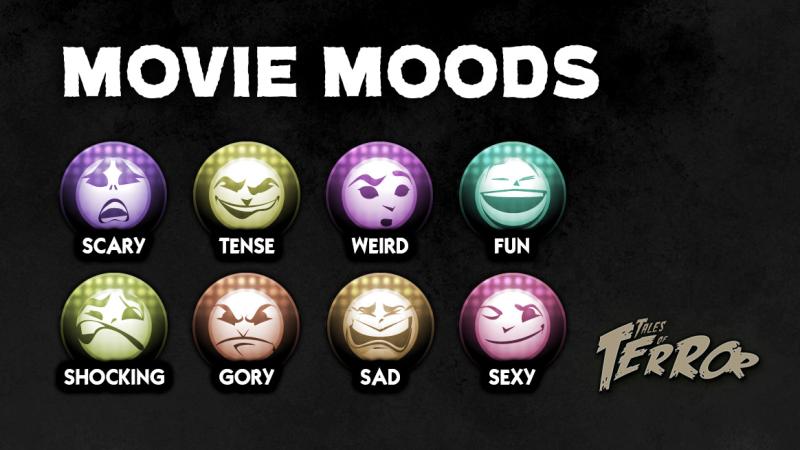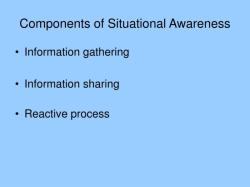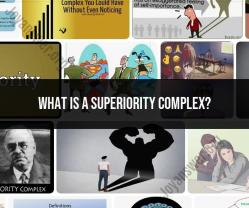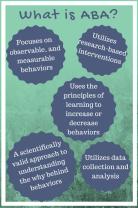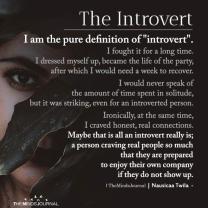What are all the different types of moods?
Moods encompass a wide range of emotional states that individuals may experience. Here is a list of different types of moods, each representing a distinct emotional state:
Happiness/Joyful:
- Characterized by feelings of delight, contentment, and positive well-being.
Sadness/Unhappy:
- Marked by feelings of sorrow, grief, or a sense of dissatisfaction.
Anger/Irritated:
- An intense emotional state characterized by feelings of displeasure, frustration, or resentment.
Fearful/Anxious:
- Associated with feelings of fear, apprehension, or nervousness, often triggered by perceived threats.
Surprise/Shocked:
- A sudden and unexpected emotional state characterized by astonishment or amazement.
Disgust/Revulsion:
- Marked by feelings of aversion, repulsion, or strong dislike.
Excitement/Energetic:
- A heightened state of arousal and positive anticipation, often associated with enthusiasm or excitement.
Calm/Relaxed:
- A tranquil emotional state characterized by a lack of stress or agitation.
Confident/Assured:
- Marked by feelings of self-assurance, confidence, and belief in one's abilities.
Nostalgic/Sentimental:
- Associated with fond memories or a longing for the past.
Boredom/Uninterested:
- Characterized by feelings of monotony, lack of interest, or disengagement.
Curious/Inquisitive:
- Marked by a desire to explore, learn, or understand something new.
Appreciative/Grateful:
- Characterized by feelings of gratitude, appreciation, or thankfulness.
Enthusiastic/Passionate:
- A highly positive and energetic emotional state marked by passion and excitement.
Pensive/Thoughtful:
- Associated with deep thinking, reflection, or contemplation.
Eager/Anticipatory:
- Linked to a strong desire or eagerness for something in the future.
Optimistic/Hopeful:
- Characterized by a positive outlook, anticipation of positive outcomes, and hopefulness.
Loving/Affectionate:
- Marked by feelings of love, warmth, and affection toward oneself or others.
Cautious/Wary:
- Associated with a sense of carefulness, wariness, or vigilance.
Playful/Jovial:
- Characterized by a lighthearted and playful demeanor, often associated with humor.
Indifferent/Neutral:
- A state of emotional neutrality, where one feels neither particularly positive nor negative.
Guilt/Remorseful:
- Marked by feelings of remorse, regret, or self-blame.
Lonely/Isolated:
- Associated with feelings of isolation, solitude, or a lack of social connection.
Euphoria/Blissful:
- An intense and overwhelming state of happiness and ecstasy.
Content/Satisfied:
- Marked by feelings of contentment, fulfillment, and satisfaction.
These moods represent a spectrum of emotional experiences, and individuals may move through different moods depending on various internal and external factors. It's important to recognize and understand one's own moods for emotional well-being.
Unveiling the Tapestry of Emotions: A Guide to Recognizing and Navigating Our Inner World
Human emotions, like a vibrant tapestry woven with diverse threads, paint the richness of our experience. But navigating this landscape can sometimes feel like deciphering an intricate foreign language. Fear not, fellow explorers! This guide equips you with the tools to recognize, understand, and embrace the full spectrum of your emotional states:
1. Exploring Different Types of Moods:
- Primary Emotions: Joy, sadness, anger, fear, love, surprise, disgust, and interest form the foundation of our emotional repertoire. They are innate, universal, and have distinct physiological and behavioral expressions.
- Secondary Emotions: Shame, guilt, pride, jealousy, gratitude, and hope arise from a combination of primary emotions and experience. They are more complex and nuanced, reflecting our personal values and social context.
- Moods: Broader and sustained states of feeling, like happiness, anxiety, or boredom, often encompass a blend of primary and secondary emotions. They can ebb and flow throughout the day, influenced by internal and external factors.
2. Understanding the Rich Tapestry:
- Emotional Interplay: Emotions rarely exist in isolation. They can blend, intensify, or mask each other, creating a kaleidoscope of feelings we experience daily.
- Body Cues: Pay attention to physical sensations like muscle tension, rapid heartbeat, or changes in breathing, as they can offer clues about your underlying emotional state.
- Thoughts and Self-Talk: Observe your internal dialogue. Negative self-talk and rumination can fuel certain moods, while positive affirmations and gratitude can shift your emotional landscape.
- Triggers and Patterns: Identify situations or events that typically trigger specific emotions. Understanding these patterns can help you be proactive in managing your emotional responses.
3. Recognizing and Navigating Diverse Emotional States:
- Labeling Your Emotions: Naming your emotions gives you power over them. Instead of "I feel bad," try "I feel frustrated because..."
- Acceptance and Validation: Don't judge or suppress your emotions. Allow yourself to feel them fully, but in a healthy way.
- Healthy Coping Mechanisms: Exercise, journaling, talking to a friend, or practicing mindfulness can help manage intense emotions and cultivate emotional well-being.
- Seeking Support: When internal or external factors overwhelm your ability to cope, don't hesitate to reach out to a therapist or counselor.
Remember: Emotions are not weaknesses; they are valuable signals guiding us through life. Embracing the full spectrum, both positive and negative, allows us to live authentically, build strong relationships, and cultivate emotional well-being. So, explore your emotional tapestry, appreciate its intricate threads, and learn to navigate its diverse patterns. The journey promises growth, self-discovery, and a deeper understanding of yourself and the world around you.
Happy exploring!
